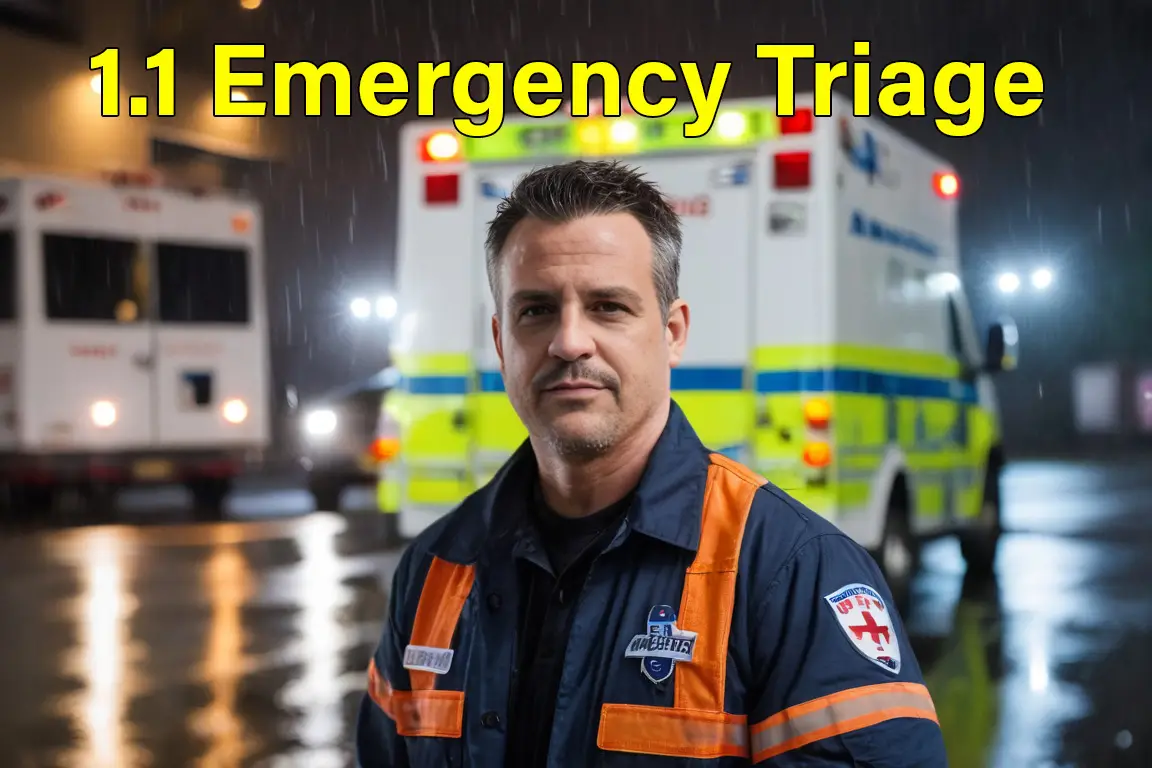Disclaimers
Emergency Water and Damage Mitigation
Isolation - Contain Suspect Areas
Separation - Protecting Health and Valuables
Filtration - Clean the Air and Support Recovery
Immediate Mitigation Steps
Once the source is controlled or isolated, your next goal is to limit the spread of water and moisture to protect both the home and its occupants.
Key immediate actions include:
- Contain active leaks:
- Use buckets, towels, and plastic sheeting to catch dripping water.
- Cover exposed surfaces and furniture with plastic sheeting if needed.
- Extract standing water:
- Use a wet/dry vacuum to remove pooling water.
- For deeper flooding, professional extraction services may be necessary.
- Start drying immediately:
- Set up fans and dehumidifiers to begin reducing moisture levels.
- Open windows if outside humidity is low and it is safe to do so.
- Limit cross-contamination:
- Minimize walking through wet areas to prevent spreading contaminants throughout the home.
- Isolate wet areas with plastic barriers if possible.
The goal at this stage is control — control moisture, control contamination, and begin stabilizing the environment.

